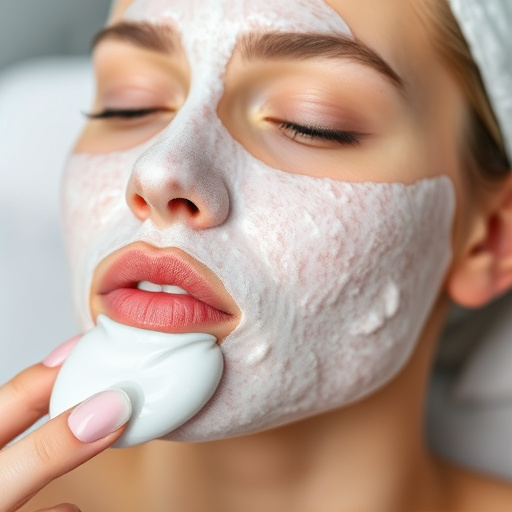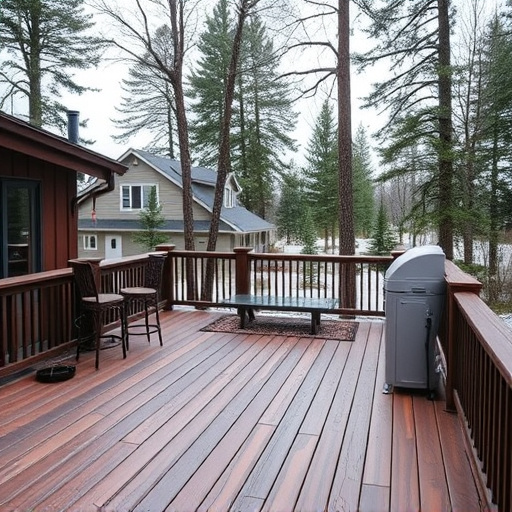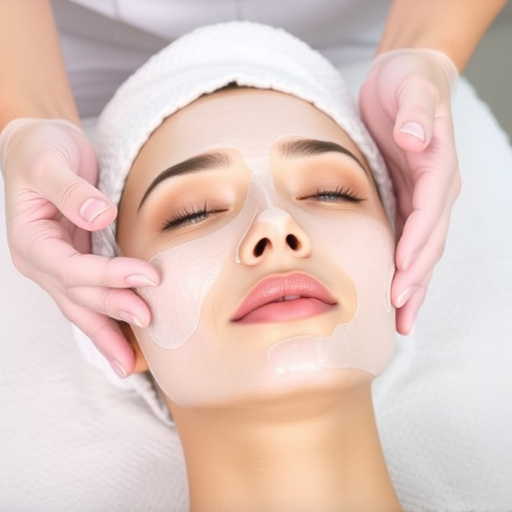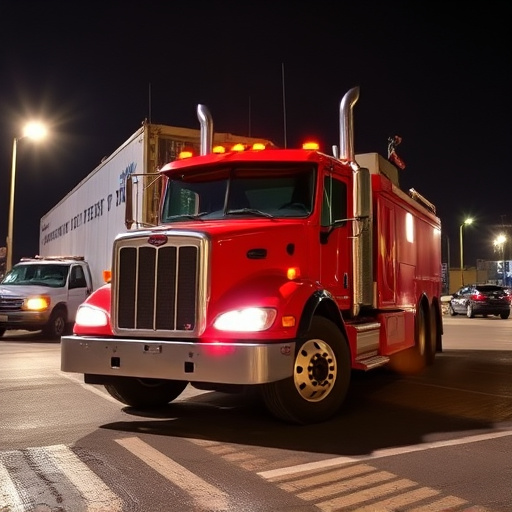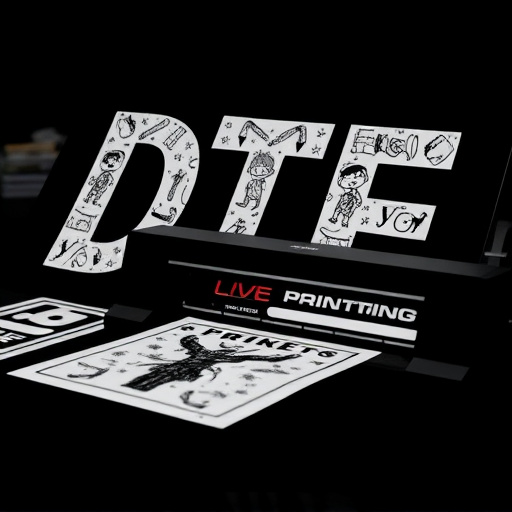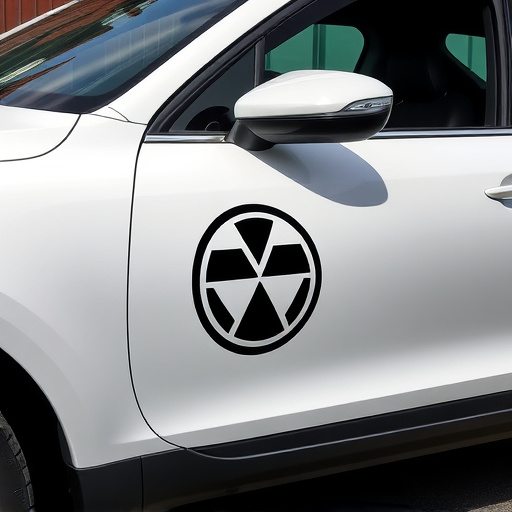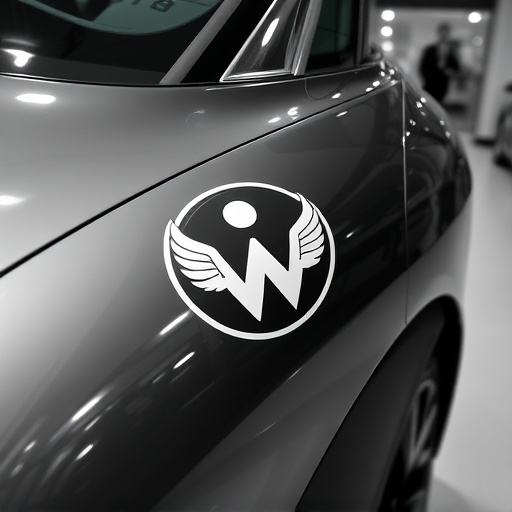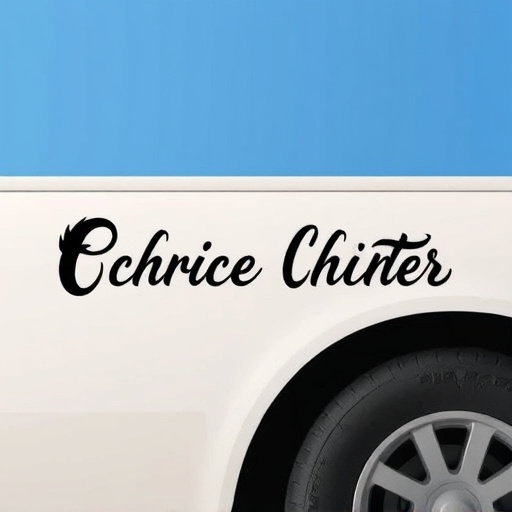Clear coat restoration revitalizes vehicles' exterior finishes, protecting them from environmental damage while maintaining their glossy appearance. The process involves choosing the right compound based on surface type, desired finish, and eco-friendliness. Compounds like polyurethane, epoxy, and acrylic offer varying levels of durability, adhesion, and ease of application, catering to diverse needs from professional restorers to car enthusiasts.
Choosing the right compound is paramount for achieving a flawless clear coat restoration. This meticulous process involves matching the compound’s properties with the specific needs of your project, ensuring a seamless blend and lasting protection. In this guide, we’ll explore the fundamentals of clear coat restoration, key considerations when selecting compounds, and the most common types available, empowering you to make an informed choice for your next restoration endeavor.
- Understanding Clear Coat Restoration and Its Purpose
- Factors to Consider When Choosing the Right Compound
- Common Types of Compounds for Clear Coat Restoration
Understanding Clear Coat Restoration and Its Purpose
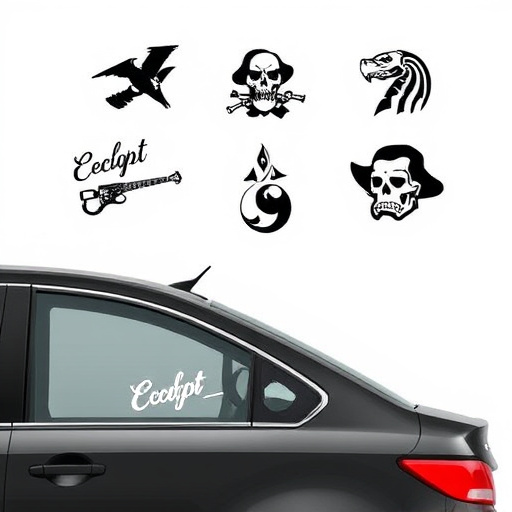
Clear coat restoration is a meticulous process aimed at reviving and enhancing the exterior finish of vehicles. It involves carefully repairing and reapplication of the clear protective layer, known as the clear coat, which sits on top of the base paint. This intricate procedure is crucial for maintaining and restoring the vehicle’s original glossy appearance while also providing an extra layer of protection against environmental damage, including UV rays, oxidation, and minor scratches.
The primary goal of clear coat restoration is to not only beautify but also safeguard the underlying paintwork. By using high-quality products like premium automotive services and protective coatings, including custom graphics options, restorers can achieve a flawless, glossy finish that rivals the factory-applied original. This meticulous process involves sanding, cleaning, and patching any damaged or faded areas before applying a new clear coat, ensuring a durable, scratch-resistant surface that complements the vehicle’s overall aesthetics.
Factors to Consider When Choosing the Right Compound
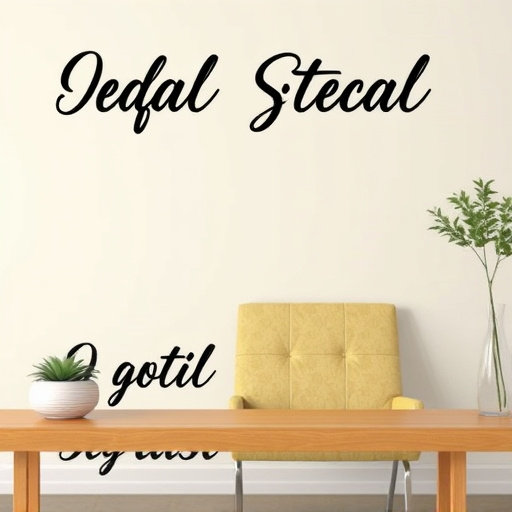
When choosing the right compound for clear coat restoration, several key factors come into play. Firstly, consider the type of surface you’re working on—whether it’s a car, boat, or other vehicle. Different materials require specific compounds to ensure optimal bonding and long-lasting protection. For instance, ceramic coatings offer superior durability and UV resistance compared to traditional protective coatings, making them ideal for vehicles subjected to varying weather conditions.
Additionally, the desired finish and level of gloss should guide your selection. Clear coat restoration compounds vary in their ability to achieve a smooth, glossy surface, which is crucial for showcasing vehicle wraps or other aesthetic enhancements. In terms of application, some compounds are easier to work with due to their viscosity and spreadability, especially when dealing with intricate details. Furthermore, the environmental impact and ease of removal should be considered, as eco-friendly options and those with straightforward removal processes gain popularity in today’s market, aligning with the trend towards sustainable practices in the automotive industry.
Common Types of Compounds for Clear Coat Restoration
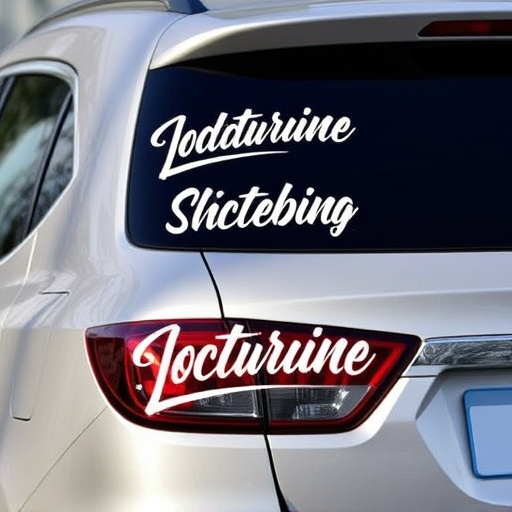
When it comes to clear coat restoration, several types of compounds are commonly used, each offering unique benefits tailored for different needs and surfaces. One popular choice is polyurethane compound, renowned for its exceptional durability and ability to withstand various environmental conditions. This makes it an ideal option for both indoor and outdoor applications, including car customization projects featuring custom graphics. Additionally, epoxy compounds provide excellent adhesion and resistance to chemicals, making them suitable for restoring older clear coats or surfaces prone to damage from ceramic window tinting.
Another frequently used compound is acrylic, known for its ease of application and fast drying time. Acrylic compounds are versatile, providing good clarity and a smooth finish, which is particularly beneficial for achieving a pristine look in clear coat restoration. They are also cost-effective, making them accessible for both professional restorers and enthusiasts looking to customize their vehicles with eye-catching custom graphics.
When it comes to clear coat restoration, selecting the appropriate compound is key to achieving a flawless finish. By understanding the unique properties of different compounds and considering factors like compatibility, hardness, and curing time, restorers can make informed choices for optimal results. With the right compound in hand, clear coat restoration becomes an art, transforming damaged surfaces into a vibrant, protective shield that enhances any vehicle’s allure.
